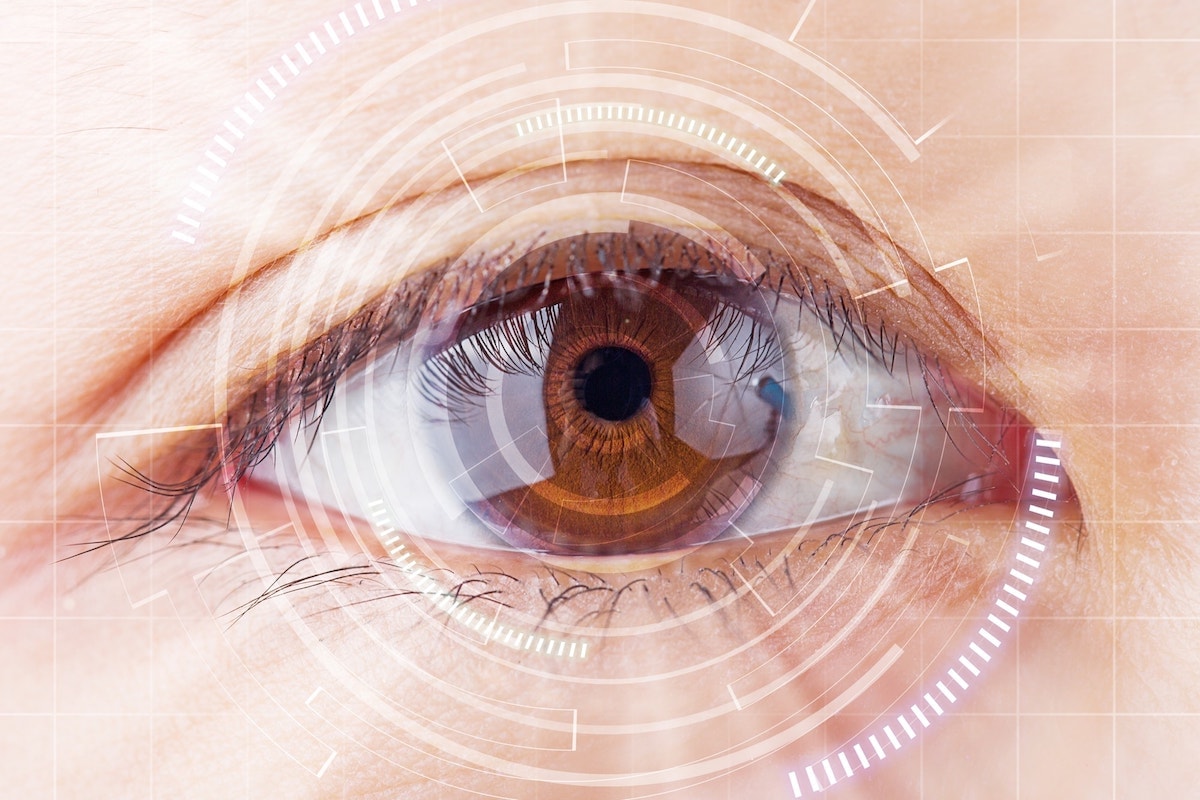Cataract surgery recovery is probably one of the main concerns for patients scheduled to undergo phacoemulsification. Cataract surgery is a simple procedure lasting only a few minutes. However, despite being one of the commonly performed eye-related surgeries, most people are still apprehensive about the procedure.
Like other eye care problems, you should follow your eye doctor’s instructions and a strong support system to minimize your recovery time. Before exploring the various tips to shorten cataracts surgery recovery time, it is important to understand various aspects of this eye condition.
What Does Cataracts Surgery Entail?
Cataracts are among the few old-age associated eye conditions where the natural eye lens becomes cloudy and opaque. This results in vision loss, which cannot be restored by glasses, LASIK procedures, or contact lenses. Also known as phacoemulsification, cataract surgery is the only surgical process that involves replacing the damaged natural eye lens with an artificial lens to treat cataracts.
Success rates following cataracts surgery have significantly improved over time, thanks to advancing technology. As mentioned, the procedure takes less than 10 minutes, and patients can return home after the procedure. Cataract surgery becomes imminent if the condition starts affecting the patients’ daily activities or cataracts hinder treatment of other eye conditions.
For instance, your ophthalmologist will recommend surgery if the eye’s cloudiness makes it difficult to treat other common eye conditions, such as glaucoma, macular degeneration, or diabetic retinopathy.
What to Expect Before and During Cataracts Surgery
Your doctor will conduct an extensive eye exam before the procedure. This involves evaluating the eyes to maximize the results of surgery. Ophthalmologists often examine the presence of other eye conditions, such as near and farsightedness. The surgeon also measures the cornea’s size so that they can choose an appropriate intraocular lens that can restore eyesight.
During the surgery, your ophthalmologist begins by dilating the pupil and anesthetizing the eye region. A mild sedative can also be administered to promote relaxation before the actual procedure. The surgery involves removing the clouded natural lens and replacing it with an artificial lens. Most surgeons either use an ultrasound probe or laser techniques.
What to Expect After the Surgery: Typical Cataract Surgery Recovery Time
While the exact time of cataract surgery recovery varies from one person to another, expect some sensations a few hours after the procedure. Therefore, don’t worry if you experience blurriness after the surgery, as the eye requires some days to heal. Mild discomfort after the procedure is also normal. However, your ophthalmologist may prescribe an eye patch for protection, eye drops, and other medication to minimize inflammation and possible bacterial infections.
In some patients, normal vision resumes some days after the surgery. Eye surgeons may also recommend glasses once your vision has stabilized. In such situations, the artificial intraocular lens inserted will determine the type of glasses that can help your vision.
Tips to Minimize Recovery Time
Even though it takes less than 24 hours to recover after cataracts surgery, the following tips can help you achieve optimal recovery.
- Avoid touching, rubbing, or aggravating the eye
You might feel some grittiness or the presence of a sand grain inside the eye after the surgery due to the small incisions made during the procedure. However, you shouldn’t rub, touch, or aggravate the eye, as the sensations will stop eventually. You should also avoid using soap on the eye and wear sunglasses to protect your eyes from direct sunlight and foreign substances.
- Avoid strenuous activities
You should stay away from rigorous exercises, swimming, or heavy lifting for some weeks after the procedure. This minimizes pressure and gives your eye enough time to rest. Additionally, minimize bending over, sneezing, or vomiting to avoid straining the eye.
- Avoid driving
The appropriate time to resume driving after cataracts surgery depends on several factors. In most cases, it depends on the severity of the condition and personal circumstances. Your ophthalmologist will suggest the best time to resume driving based on your circumstances.
- Avoid exposure to dust and other irritants
You should avoid exposing your nursing eye to dust, wind, grime, and other irritants the first days following cataracts surgery. Therefore, consider cleaning and vacuuming your house before the surgery.
- Attend post-surgery checks
While it is unnecessary to attend eye clinics the next day after the procedure, don’t hesitate to show up in the clinic if you feel some anomalies. You should also strictly go for a checkup after one week.
Get the Most from Cataract Surgery
You should follow your ophthalmologist’s instructions to achieve the most following cataracts surgery. Besides, follow the tips above and watch out for symptoms of vision loss, persisting pain, multiple light flashes, nausea, excessive coughing, and vomiting to minimize recovery time. You should also relax to allow your eye enough safe recovery time.




